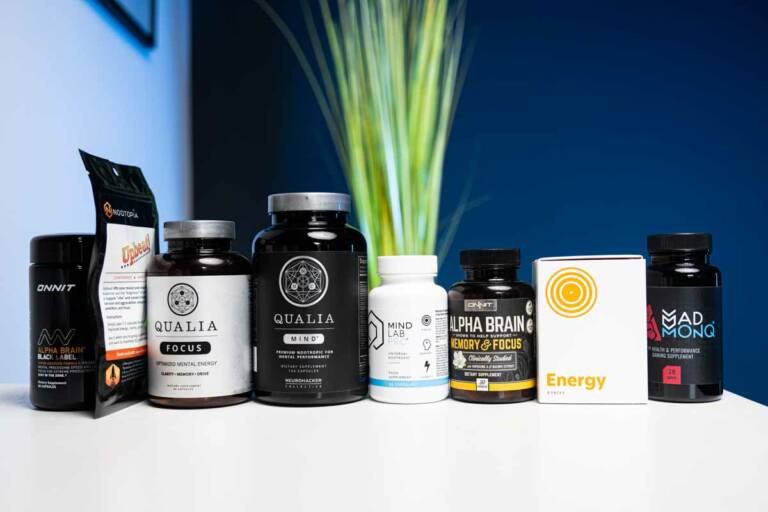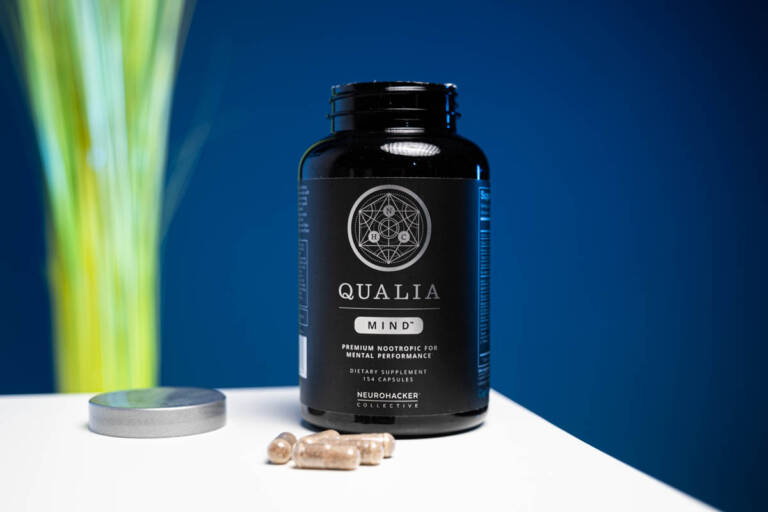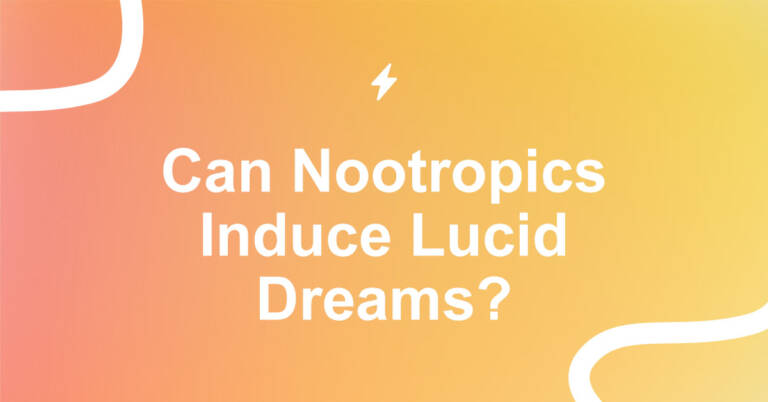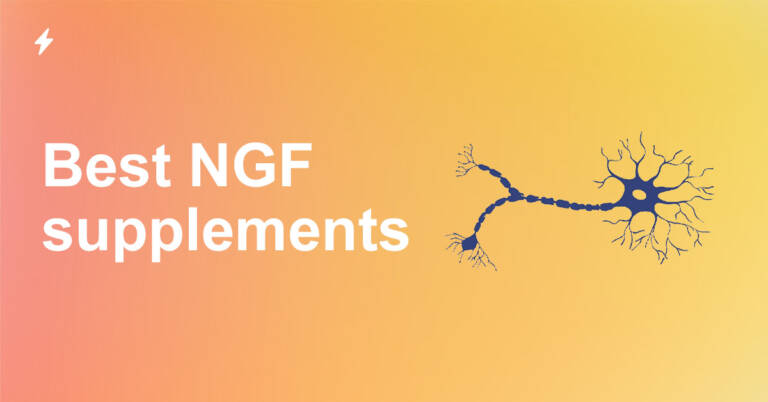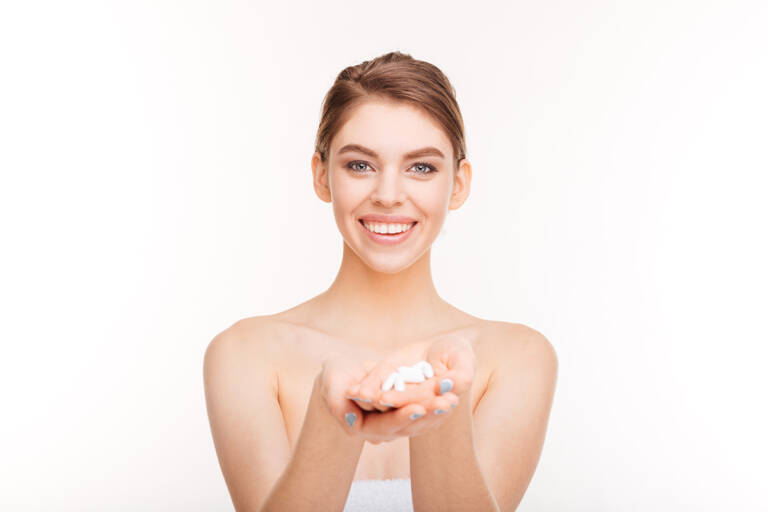The safety of nootropics has never been as debated as it is at this moment. One of the reasons is that the popularity of nootropics is clearly increasing, and there are more and more supplements and nootropic stacks available on the market. So, are nootropics safe? Let us answer this essential question.
Are Nootropics Safe?
The term nootropics were first used in 1972 by the Romanian chemist Corneliu E Giurgea. [1] Since then, a lot has changed on the market of nootropics.
There are many nootropic supplements on the market, providing fantastic effects such as improved memory, enhanced focus, and better mood. Some nootropics can slow down cognitive decline, and others can make you more relaxed and even improve your sleep.
At the same time, you can count tens of nootropic supplements that have no proven impact while they potentially bring harmful side-effects. So, where is the truth? Do we have enough know-how about the safety of nootropics, or are we still walking in the dark?
What Exactly Makes Nootropics Safe?
Determining the safety of nootropics is much harder than it seems at first sight. Here is why:
- Nootropics do not have to undergo clinical trials before they are put on the market
- Nootropic supplements are considered safe until proven unsafe
Talking about the safety of such a wide range of compounds, ingredients, and stimulants is exceptionally challenging. The main reasons for such a complexity lie in the fact that first, there is a lack of studies, and secondly, nootropics are not pharmaceutical drugs, so they do not undergo clinical trials. [2] Saying it differently, until a nootropic is proven unsafe, it will be treated as a safe product.
While this is great news for nootropic brands and manufacturers, it is quite troubling for consumers. If brands can sell random nootropic supplements on the market that lack studies and may be harmful, how can you be sure that you are taking a safe supplement?
Well, you can’t. Luckily, most high-quality brands spend lots of money and time to do proper research before bringing a new product on the market. Companies like ours spend hundreds of hours each month researching nootropics and experimenting with these products. So you are in good hands. But that doesn’t answer the main question we asked at the beginning.
Let’s see how you can identify safe nootropics by yourself.
Nootropics And Research
If you do a quick research about the most popular nootropics such as Bacopa Monnieri, Rhodiola Rosea, Lion’s Mane mushroom, and others, you will quickly notice that:
- Many nootropics have been used for centuries [3]
- There has been a lot of research done already [4]
- You can find a lot of ongoing studies
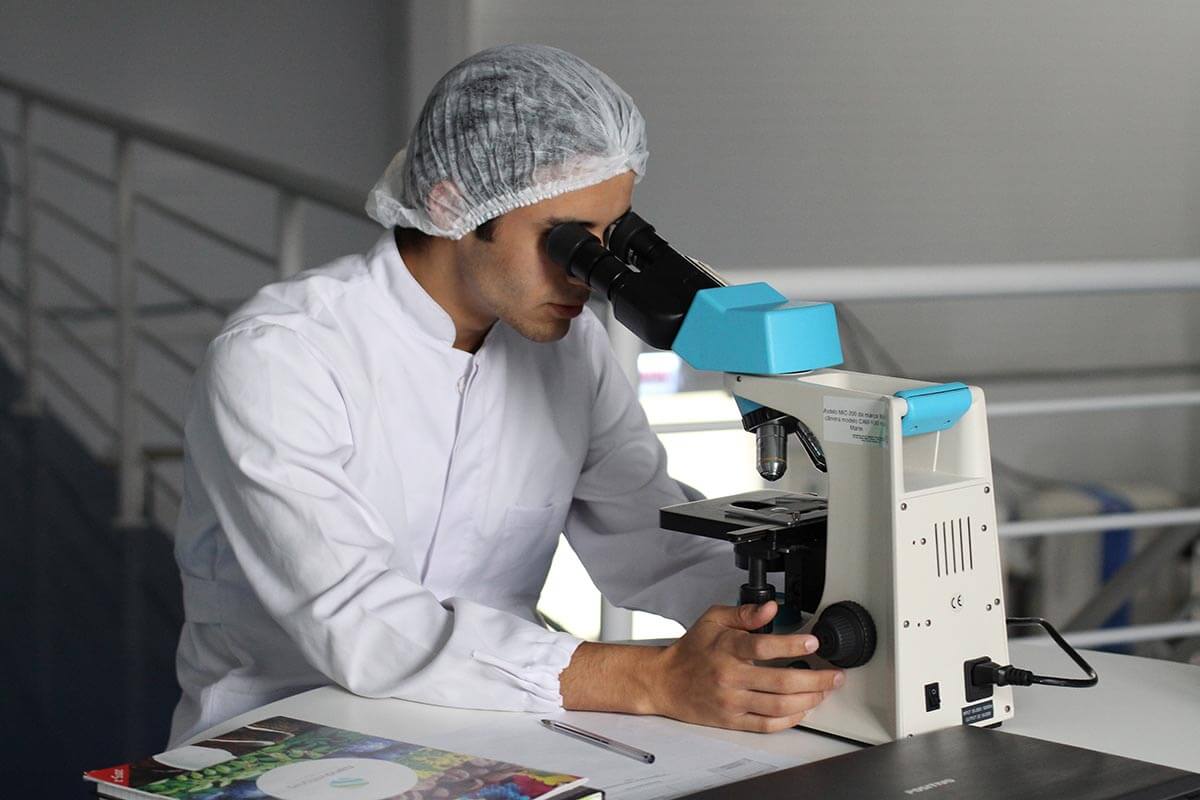
At the same time, you can find dozens of nootropics that haven’t been used in the past, that are supported by 0 studies on healthy individuals, and can be even harmful. But that’s not the only trouble.
Certain nootropics are very effective for people who already suffer from cognitive decline, but there is very little evidence that they provide any benefits for healthy individuals. Why is this trouble?
First of all, even if certain nootropics benefit people with some sickness and disabilities, this doesn’t mean they’re going to work on healthy individuals.
Secondly, since there is a lack of research, no guidelines were established, which makes supplementing them difficult and potentially unsafe. For example, 100 mg of caffeine can provide a lot of amazing benefits, while 500 mg of caffeine can already make you feel extremely sick. Take ten grams of caffeine, and you are gone. [5]
There is another thing to put into consideration. While one compound (one nootropic) may be safe if you take it as an individual compound, what happens when you combine it with ten other compounds? So, as you can see, there are quite a lot of questions we have to answer. How do we do it? We start by doing online research.
When it comes to research, you can find lots of reliable sources online. We often check websites such as examine.com, webmd.com, and of course, ncbi.nlm.nih.gov. There you’re going to find tons of data available. Even if you have no idea about how nootropics work, just type in the name of a particular nootropic you are interested in and whoila, you’ll immediately gain access to tons of data. If there has been any research done, of course. If you cannot find any research about a particular nootropic, then this should be a big red light for you.
One important thing to mention is that most nootropics are vitamins, minerals, herbs, amino acids, etc. and there are only a few synthesized nootropics currently available on the market. While this doesn’t prove that all nootropics are safe, it should make you worry less.
So, what’s the next step?
Single Nootropic vs. Nootropic Stacks
If you favor one single nootropic to achieve one specific effect, you will definitely minimize potential risks. At the same time, this particular compound might be less effective. The alternative is a so-called nootropic stack. A nootropic stack is a mixture of multiple nootropics combined. Most nootropic supplements on the market contain from 4 to up to 30+ nootropic compounds.
When it comes to nootropic stacks, you can either stack nootropics at home (NOT recommended for beginners) or can buy already stacked nootropics, which are produced by several manufacturers from all over the world.
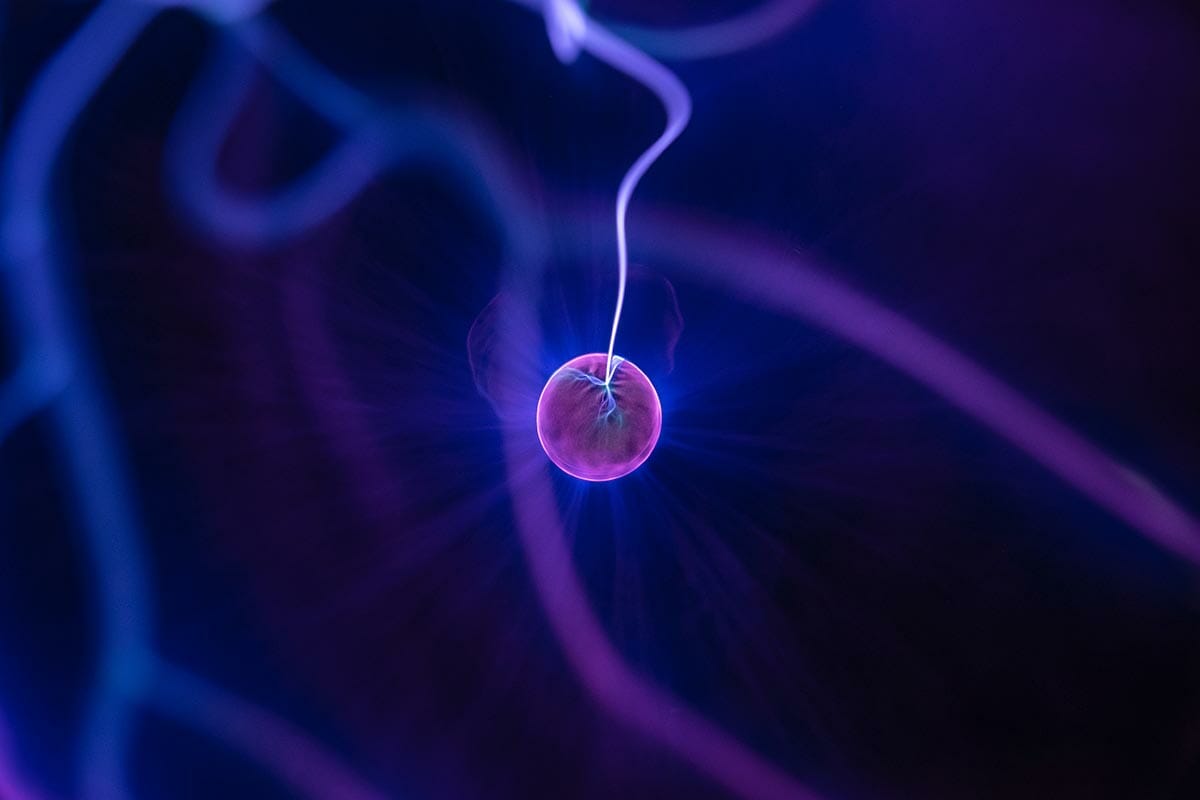
Nootropics And Capsules
Another important factor to consider is all “hidden” ingredients in the nootropic formulation. We often see some “fantastic nootropic stacks” that look WOU & MMM from far away, but as soon as we do some digging, we come across things such as:
- This product contains gluten
- This product contains soy
- The product contains artificial colors, preservatives, carrageenan or lots of caffeine
- The product contains some “shady” ingredients and fillers
You don’t want such things in your nootropic stack. Period. The cleaner the formula and the product, the better. All those additional compounds make every nootropic formula potentially more harmful and even less effective.
If you take a low-quality product, you can even expect many adverse side effects, so be careful.
Nootropic Formulations
Besides the hidden ingredients that brands often add to nootropic stacks, you should consider another important factor – the so-called minimum effective dosage. [6]
To find a genuinely safe nootropic stack, all ingredients should contain a minimum effective dosage based on clinical studies. However, many stacks contain nootropics that are overdosed (for example, caffeine) and other nootropics that are underdosed.
By doing that, they somehow fake short-term effects. Once you take such a supplement, you feel the effects for the wrong reason. Also, you put yourself at risk for taking a too-high dosage of a particular nootropic.
Before you pick a nootropic supplement, always look at the formulations and dosages. We do it as well. Actually, the supplements that we recommend are among the safest in the world.
How About GMP?
Have you ever heard of GMP (Good Manufacturing Practices)? This is a standard that only high-quality nootropic manufacturing facilities receive. If a product is GMP compliant, it means that it has been manufactured at the highest possible standards. [7]
GMP includes:
- Cleanliness of production facility
- Screening the raw ingredients
- Maintenance of equipment
- High production standards
So, always search for GMP compliant products to reduce risks.
Safest Nootropics
So, which are the safest nootropics?
There are many safe nootropics on the market, but there are a few that stand out.
We have prepared a list of the best and safest nootropics, which you can check by clicking the button below.
Frequently Asked Questions
Are nootropics legit?
Yes, without any doubt, nootropics are legit compounds that can provide various short- and long-term effects. That’s why we highly recommend them.
